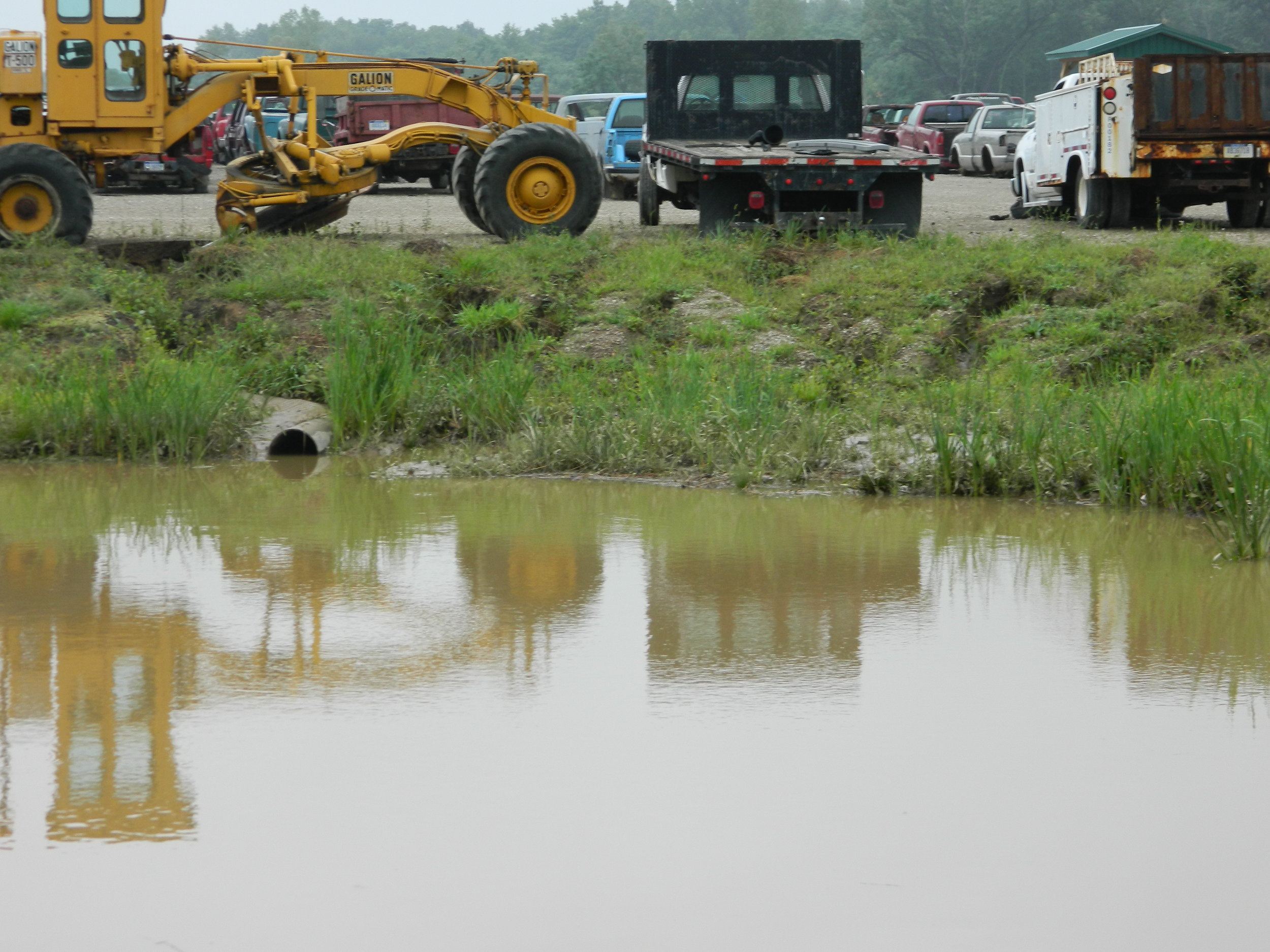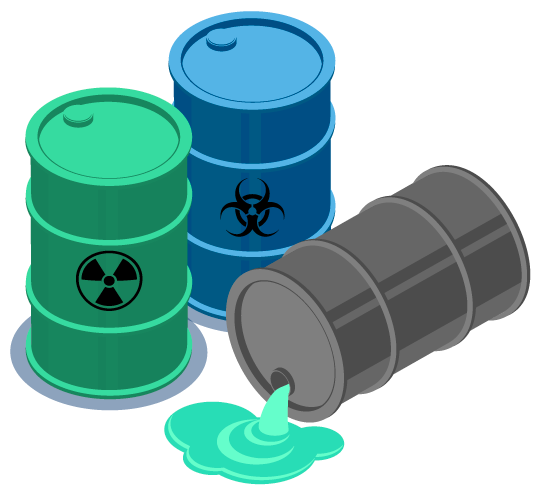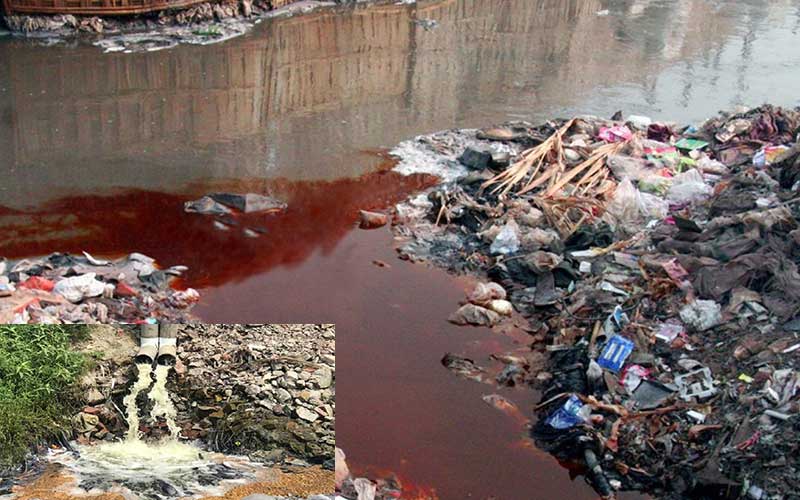Innovative Industrial Wastewater Treatment Solutions: Protecting the Setting
Innovative Industrial Wastewater Treatment Solutions: Protecting the Setting
Blog Article
Just How Liquid Waste Disposal Functions: A Thorough Introduction of Methods and Technologies Employed

Introduction of Fluid Waste Kind
The complexity of liquid waste types necessitates an extensive understanding of their attributes and ramifications for disposal. Liquid waste can extensively be categorized into numerous kinds, consisting of commercial, community, agricultural, and dangerous waste. Each category exhibits distinctive properties, calling for details monitoring methods to reduce environmental and health threats.
Industrial fluid waste originates from making processes and frequently contains a series of impurities, such as heavy steels, solvents, and natural compounds. Municipal fluid waste, mostly comprising wastewater from households and business establishments, contains raw material, nutrients, and virus (industrial wastewater treatment). Agricultural liquid waste, including drainage from farms, might include fertilizers, chemicals, and animal waste, posturing dangers to water quality and ecological communities
Harmful fluid waste is characterized by its toxicity, sensitivity, or possible to cause harm. Understanding these varied fluid waste kinds is essential for creating reliable disposal methods and guaranteeing conformity with ecological regulations.
Physical Treatment Techniques

Testing is the preliminary action, where bigger particles and debris are gotten rid of from the fluid waste utilizing screens or grates. In sedimentation containers, much heavier bits settle at the base, creating a sludge layer, while the clarified liquid can be more dealt with.
Filtration is one more necessary technique that includes passing the liquid via permeable materials, such as sand or membrane layers, to record smaller particles. This step boosts the quality of the liquid, making it suitable for succeeding treatment procedures.

Chemical Treatment Techniques
Chemical therapy methods are important for successfully managing liquid waste, particularly in attending to dissolved and colloidal pollutants that physical techniques may not properly get rid of. These techniques use various chemical representatives to reduce the effects of, precipitate, or change unsafe substances right into much less unsafe forms.
One usual approach is coagulation and flocculation, where chemicals such as alum or ferric chloride are included to promote the gathering of suspended particles. This process enhances sedimentation, permitting less complicated elimination of the resulting sludge. Furthermore, oxidation procedures, utilizing agents like chlorine or ozone, are used to damage down intricate organic compounds and microorganisms, making the waste much safer for Discover More discharge or more treatment.
Neutralization is another crucial strategy, which changes the pH of acidic or alkaline waste streams to neutral degrees, protecting against potential injury to downstream systems and the setting. In addition, advanced oxidation procedures (AOPs) use mixes of oxidants and ultraviolet light to deteriorate consistent contaminants, achieving a greater level of treatment effectiveness.
Organic Therapy Procedures
Organic therapy procedures play an essential function in the management of liquid waste by making use of bacteria to break down raw material and minimize pollutant levels. These procedures can be broadly categorized right into aerobic and anaerobic therapies, each using particular microbial communities to achieve effective waste degradation.
Cardio treatment includes the use of oxygen to facilitate the malfunction of natural materials by bacteria. This procedure is typically executed in triggered sludge systems, where aeration containers offer a helpful environment for microbial development, bring about the oxidation of natural toxins. The resultant biomass can be divided from dealt with effluent through sedimentation.
On the other hand, anaerobic treatment takes place in the lack of oxygen, depending on various microorganisms to break down organic issue. This technique is right here especially advantageous for high-strength waste, as it generates biogas, a renewable resource source, while minimizing sludge manufacturing. Technologies such as anaerobic digesters are regularly used in local and commercial applications.
Both anaerobic and cardiovascular biological treatments not only decrease the environmental influence of liquid waste yet additionally help with resource healing, making them necessary elements of sustainable waste monitoring techniques. Their flexibility, effectiveness, and effectiveness support their prevalent application throughout numerous industries.
Emerging Technologies in Disposal
Innovative methods to fluid waste disposal are rapidly evolving, driven by advancements in modern technology and a raising focus on sustainability. Among these arising innovations, membrane layer bioreactors (MBRs) have gotten grip for their ability to incorporate biological therapy with membrane layer filtration, resulting in top quality effluent that can be recycled in numerous applications. MBRs allow smaller impacts and a lot more effective procedures contrasted to conventional systems.
Another appealing development is making use of anaerobic digestion great post to read incorporated with nutrient recuperation technologies, which not just deals with liquid waste however also produces biogas and recuperates useful nutrients like nitrogen and phosphorus. This double advantage improves source efficiency and minimizes ecological impact.
In addition, progressed oxidation processes (AOPs) are being taken on for the deterioration of intricate natural toxins. These methods use effective oxidants and catalysts to damage down contaminants at the molecular degree, offering a very effective remedy for difficult waste streams.
Furthermore, the combination of expert system and maker understanding in waste administration systems is enhancing operational efficiency and predictive upkeep, causing reduced costs and enhanced ecological compliance. These innovations mirror a significant change in the direction of more sustainable and reliable fluid waste disposal methods.
Final Thought
To conclude, effective fluid garbage disposal demands a detailed understanding of various methods and technologies. The assimilation of physical, chemical, and organic treatment approaches makes sure the effective monitoring of diverse waste kinds. In addition, the emergence of innovative modern technologies enhances treatment efficacy and advertises sustainability in waste administration methods. By continually advancing these methods, it comes to be feasible to resolve the expanding challenges related to fluid waste, ultimately contributing to ecological security and resource recovery.
Fluid waste disposal is an essential aspect of environmental management, needing an extensive understanding of different methods and modern technologies tailored to different waste types. Liquid waste can generally be classified into a number of kinds, consisting of commercial, metropolitan, farming, and hazardous waste. Agricultural fluid waste, including overflow from ranches, might contain plant foods, pesticides, and pet waste, posing threats to water quality and environments.
Numerous physical treatment approaches play a crucial role in handling fluid waste effectively - industrial wastewater treatment.In conclusion, reliable liquid waste disposal necessitates a thorough understanding of numerous methods and modern technologies
Report this page